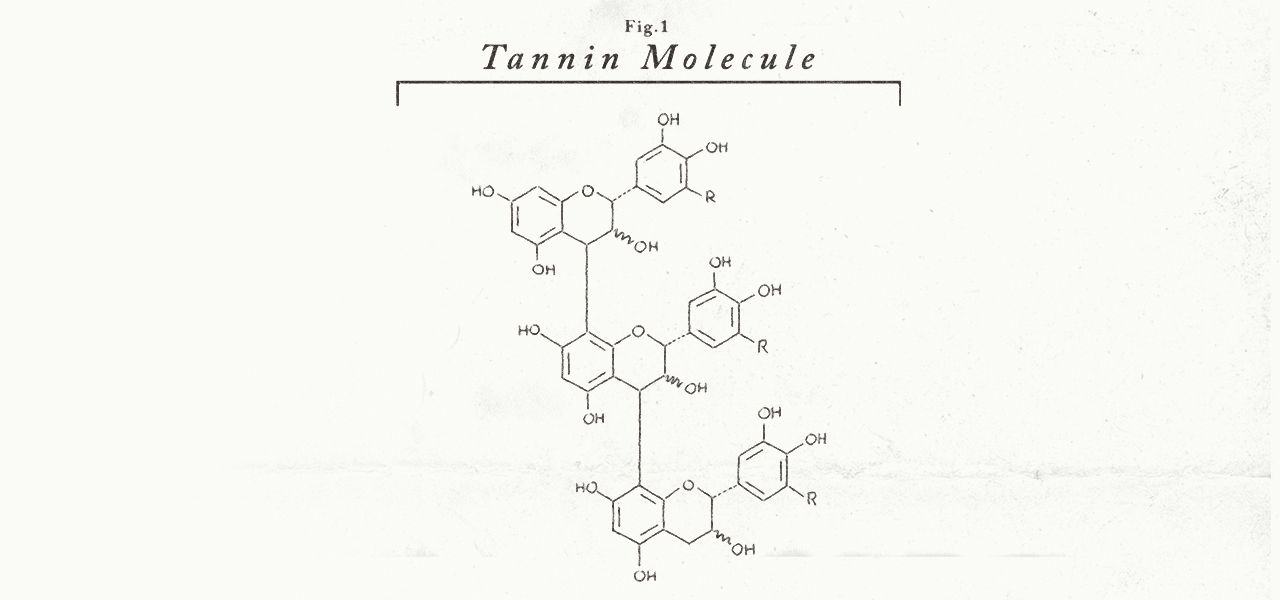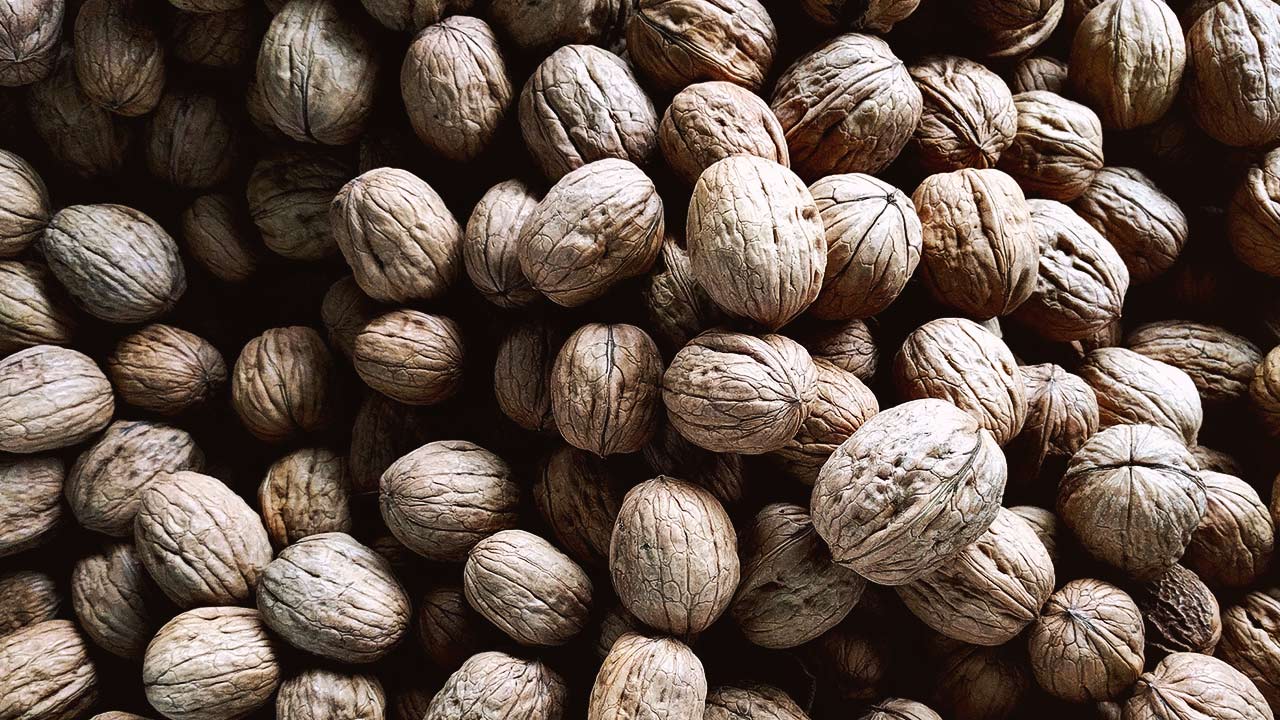Tannins. You’ve heard of them, but they’re an abstract concept that can be hard to wrap your head around. It probably doesn’t help that when you try to find answers online, it can get very detailed very quickly.
While getting a thorough understanding of tannins can require an advanced degree in chemistry, fortunately, we don’t need a degree in chemistry to get a functional knowledge of tannins in wine.
Origins of the Word Tannin

Before we dig into what tannins are, it helps to understand where the origins of the word itself. The English word tannin is derived from tanna, which is Old High German.
Old High German is the earliest known German language, dating back to between 700 and 1050 AD. The closest translation in modern English for tanna is the word fir, as in a fir tree.
Have you ever heard of the traditional folk song, O Tannenbaum? While English has translated the song to become a holiday classic, O Christmas Tree, in the original German it’s referring to a fir tree.
Tanne = Fir
Baum = Tree
So what do fir trees have to do with wine?
Well, since tanna is rooted in an ancient word, as is often the case the translation isn’t exactly a precise one. Throughout history many have attributed the word to mean either fir or oak. It’s used interchangeably.
So the word tannin refers to one of the first uses for tannins in history, which was to process leather. Leather makers would use the bark and wood of oak trees to dry out skins and turn them into leather.
That’s why we call it tanning leather.
What are Tannins?

At its simplest, tannins are a biological molecule found in many plants. They’re a subset of a class of organic chemicals called polyphenols.
Tannins, in particular, refer to polyphenol compounds that bind to and precipitate proteins.
This affects your experience with wine because your saliva has proline-rich proteins that tannins will break down. The result leads to less saliva, leaving your tongue the ability to feel the inside of the mouth without the same coating of saliva that you’re used to.
That’s why high tannins in wine will leave to a sense of dryness of roughness. It’s also why the term mouthfeel has been coined in the wine industry to try to describe the effect of tannins.
Perhaps the most important thing to remember about tannins is they’re not something you taste; they’re a chemically-induced experience.
Experiencing Tannins for Yourself

As you might’ve guessed, wine certainly isn’t the only thing with tannins. While they’re not talked about as much in other foods, you’ll find tannins of varying amounts in nuts, spices, herbs and fruits. In fact, tannins are found all over many of the foods we enjoy on a daily basis.
When it comes to wine, though, tannins are found not only in the grapes (seeds, skins, stems, etc.) but also in the process of winemaking itself. For example, many tannins are introduced into wine through the barrels used to make wine.
This is especially true if a wine is held for a period of time in a new oak barrel since, as we learned before, oak trees have tannin in their bark and wood.
Perhaps one of the common reasons why tannins are a difficult concept to grasp is their association with bitterness. While many bitter foods have tannins, by itself tannin doesn’t have a flavor. Tannins are something you experience.

As a fun experiment, here’s something you can do at home to experience tannins.
To do this, you’ll need some loose leaf black tea. Make a cup of the tea on the strong side by letting it steep for longer.
When you take a sip, try to disregard taste. You’ll probably notice a slight bitterness, but try to disregard that and focus on the dryness in the front of your mouth. This is the effect of tannins.
If you don’t notice it at first, take a sip of water to help rebuild the saliva in your mouth and try again. Maybe add some more tea to introduce more tannins to your tea.
This process is very similar to winemaking. Grapes are allowed to age with skins and stems; each of which adds to the tannins that will end up in the wine.
Hopefully now you have a better understanding of what someone is referring to when they’re talking about tannins. The topic is one that’s rooted deeply in chemistry, and quite frankly it’s one that we still don’t fully understand.
In fact, it was just over a decade ago, in 2005, when the Australian Wine Research Institute published the first assay (analytic procedure) to quantify tannins.
So while scientists continue to learn the reasons why tannins have the effect they do, in the meantime we can continue to enjoy the experience tannins have on wines.




Leave a Comments